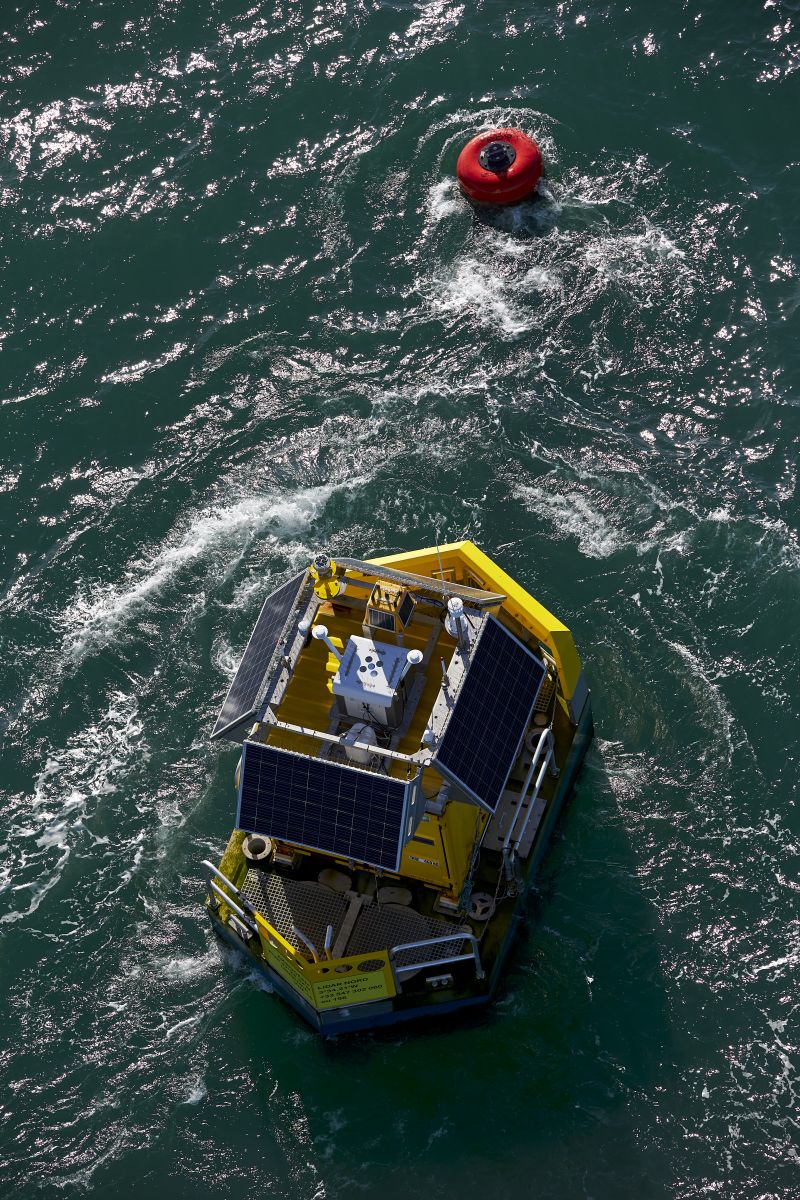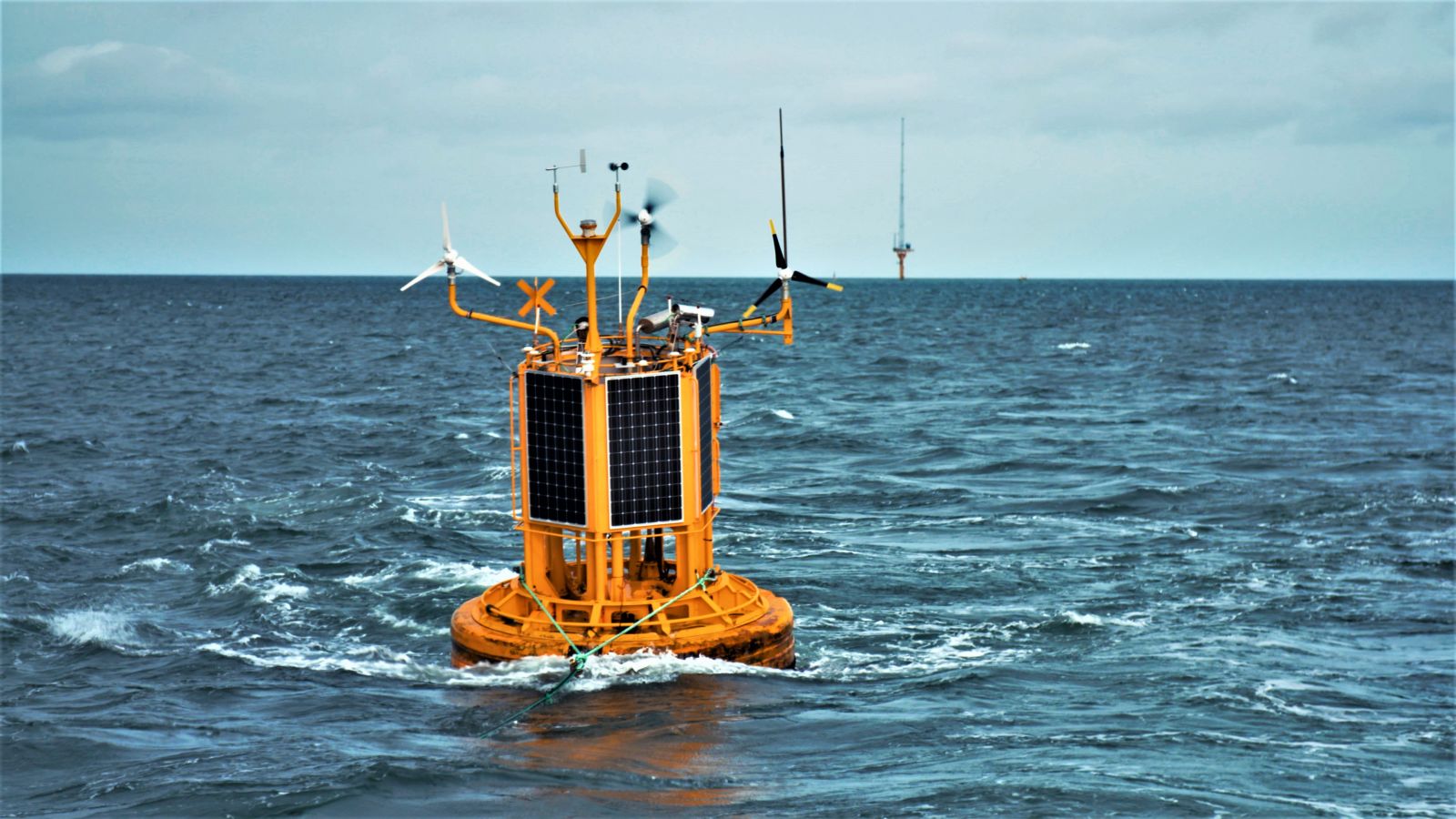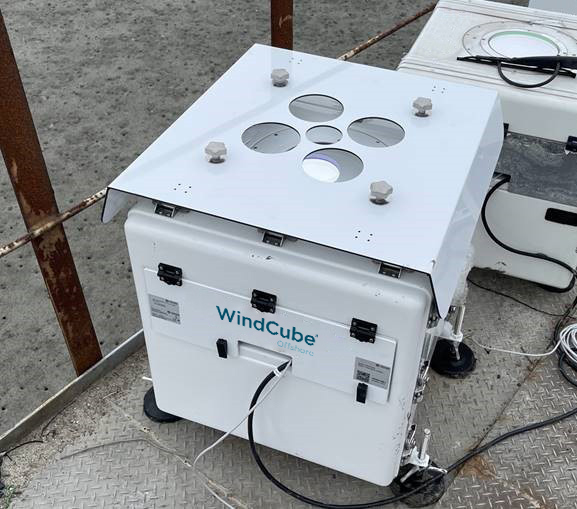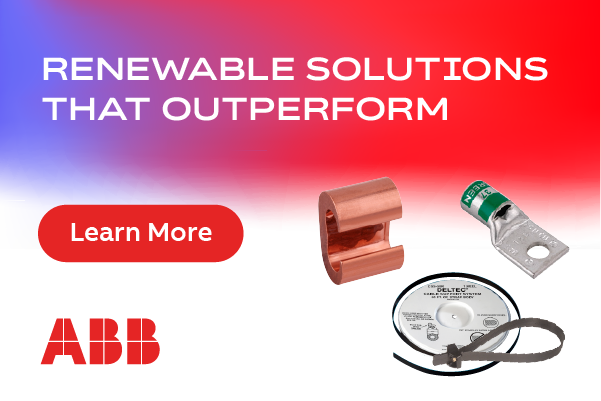Gauging the Wind: Floating Lidar and New Wind Energy Frontiers
 Renewable energy sources are a vital component in ensuring a sustainable future. Although we’ve understood the value of energy derived from natural sources for years, costs have traditionally made it difficult to rely on these resources. However, technological advancements have made it more cost-effective to leverage renewable energy like wind power, increasing its ubiquity by huge margins. In fact, according to the International Renewable Energy Agency, global installed wind generation capacity has increased by a factor of 75 in the last two decades. As we expand this capacity, we can continue to explore offshore wind applications, which are often rich in previously inaccessible resources.
Renewable energy sources are a vital component in ensuring a sustainable future. Although we’ve understood the value of energy derived from natural sources for years, costs have traditionally made it difficult to rely on these resources. However, technological advancements have made it more cost-effective to leverage renewable energy like wind power, increasing its ubiquity by huge margins. In fact, according to the International Renewable Energy Agency, global installed wind generation capacity has increased by a factor of 75 in the last two decades. As we expand this capacity, we can continue to explore offshore wind applications, which are often rich in previously inaccessible resources.
(image at right © Jacques Vapillon, Akrocean)
Wind resource assessment (WRA) is a vital part of planning and building offshore wind farms efficiently, as it provides valuable insights into wind conditions, and shows what kind of equipment is needed in what locations. Fortunately, various technologies can offer reliable data for an offshore WRA, even in the deepest waters.
The Importance of Wind Resource Assessment
The wind energy sector is constantly evolving. Offshore wind farms are not only being built in deeper water farther from shore, but also on a larger scale with bigger turbines. As the wind energy industry strives to harness abundant, more robust, and more consistent offshore wind resources, floating wind turbines are also increasing in popularity for offshore measurement campaigns. All of these advancements incur higher costs, meaning the stakes are higher than ever before when choosing a location and proper equipment. Without reliable data, money and time can be wasted on inefficient projects. Therefore, a WRA must be appropriately conducted to validate any offshore wind energy project.
To get the most out of a WRA, one must employ a solution that reliably provides a thorough picture of wind conditions. Since the offshore environment presents unique challenges — which are exacerbated in environments where floating turbines could be deployed — solutions specific to this application are crucial. After all, these challenging offshore environments may have the most abundant wind resources.
The New Standard
Increasingly, lidar is becoming standard for wind measurement. Vertical profiling lidar is perfect for providing direct wind assessment, and reduces measurement uncertainty to improve project bankability. Vertical profiling lidar is a lower-cost option that can make a WRA more accessible. Scanning lidar can provide an even more complete look at real-time wind data by providing 3D spatial mapping of the wind field affecting multiple potential turbines. Employing dual scanning lidar can also increase the area that can be mapped, and the accuracy and efficiency of offshore wind assessments in areas with difficult-to-assess wind phenomena. Lidar technology is increasingly used worldwide to validate new wind farm projects.

(image credit © Accurasea, EOLFI)
Fixed position lidars have many benefits, but their range is such that they aren’t ideal for floating wind turbine installations, as these must take place far from shorelines. Consequently, wind farm project owners and operators will require innovative technologies to properly assess and characterize available wind resources.
That’s where floating lidar comes in.
The Floating Frontier
Floating lidar is a unique option that enables operators to deploy marinized vertical scanning lidar on buoys that support the system, as well as lighthouses, substations, and vessels, allowing for WRA in even the deepest water. Providing a rugged, versatile option specifically designed to float, floating lidar is a crucial tool where there may be no available fixed platforms. With robust casing that ensures the movement of the waves does not create errors in the data, most floating lidar instruments deliver reliable insights vital to validating the time and expense of a deep water or floating wind turbine installation.
Floating lidar was recently used on a site in Australia for precisely this purpose. Because the proposed wind farm site was distant from the shore and in very deep water, floating lidar was the perfect solution to the challenge of conducting a WRA. Deployed for two and a half years, the lidars collected a wealth of data about the environment and average wind conditions at the proposed site, confirming that the project area experiences strong and consistent winds, and is a suitable location for generating electricity from the wind.
 Additionally, floating lidars have been deployed in conjunction with a recent wind energy project in France. Again, the location was too challenging for other WRA tools like met masts to be deployed effectively. Floating lidar closed the technological gap, ran without using vast amounts of energy, and provided reliable insights in a timely manner. These insights helped define the capacity of future wind farms in the area, and positioned France well in a competitive European wind energy market.
Additionally, floating lidars have been deployed in conjunction with a recent wind energy project in France. Again, the location was too challenging for other WRA tools like met masts to be deployed effectively. Floating lidar closed the technological gap, ran without using vast amounts of energy, and provided reliable insights in a timely manner. These insights helped define the capacity of future wind farms in the area, and positioned France well in a competitive European wind energy market.
Because both the Australian and French governments were interested in increasing their wind power usage, these floating lidar-enabled WRAs were a crucial step in understanding the offshore wind resources, siting and operating the wind farms, and developing the infrastructure that will lead to a more sustainable future.
As governments and policymakers across the globe focus their attention on addressing the negative impacts of climate change, renewable energy sources like wind power will be increasingly imperative to power our planet for generations to come. Wind resources must be properly assessed to ensure reliable and efficient construction of wind energy infrastructure. Technological advancements have made this process faster, easier, and more cost-effective than ever. With vertical profiling, scanning, and floating lidar solutions, wind energy will no longer seem like a costly inconvenience but a promising endeavor for good.

Matthieu Boquet is Head of Market and Offering – Wind Energy at Vaisala. In this role, he drives Vaisala’s renewable energy offerings to meet the industry’s high-level expectations while helping customers continually generate value from their projects.
Vaisala | www.vaisala.com
Author: Matthieu Boquet
Volume: 2022 September/October








